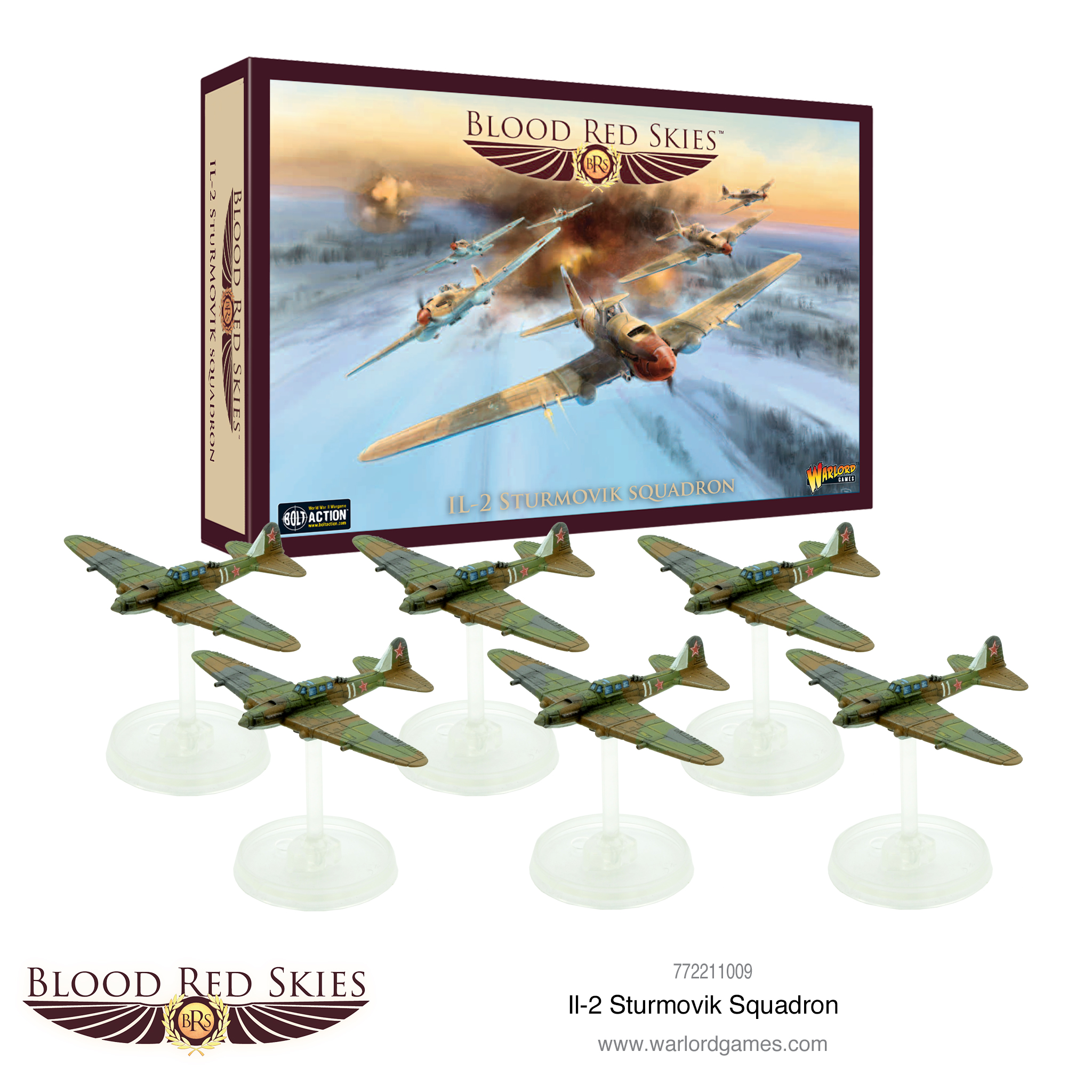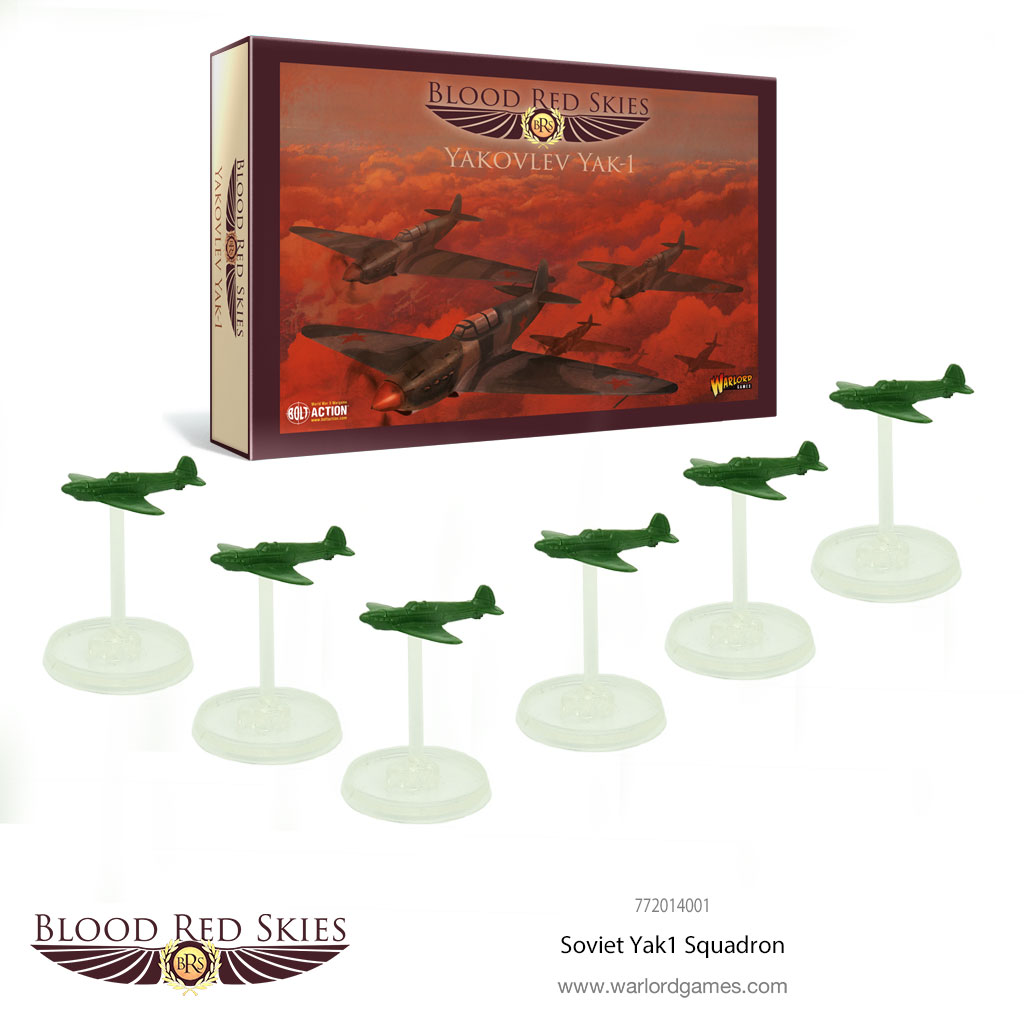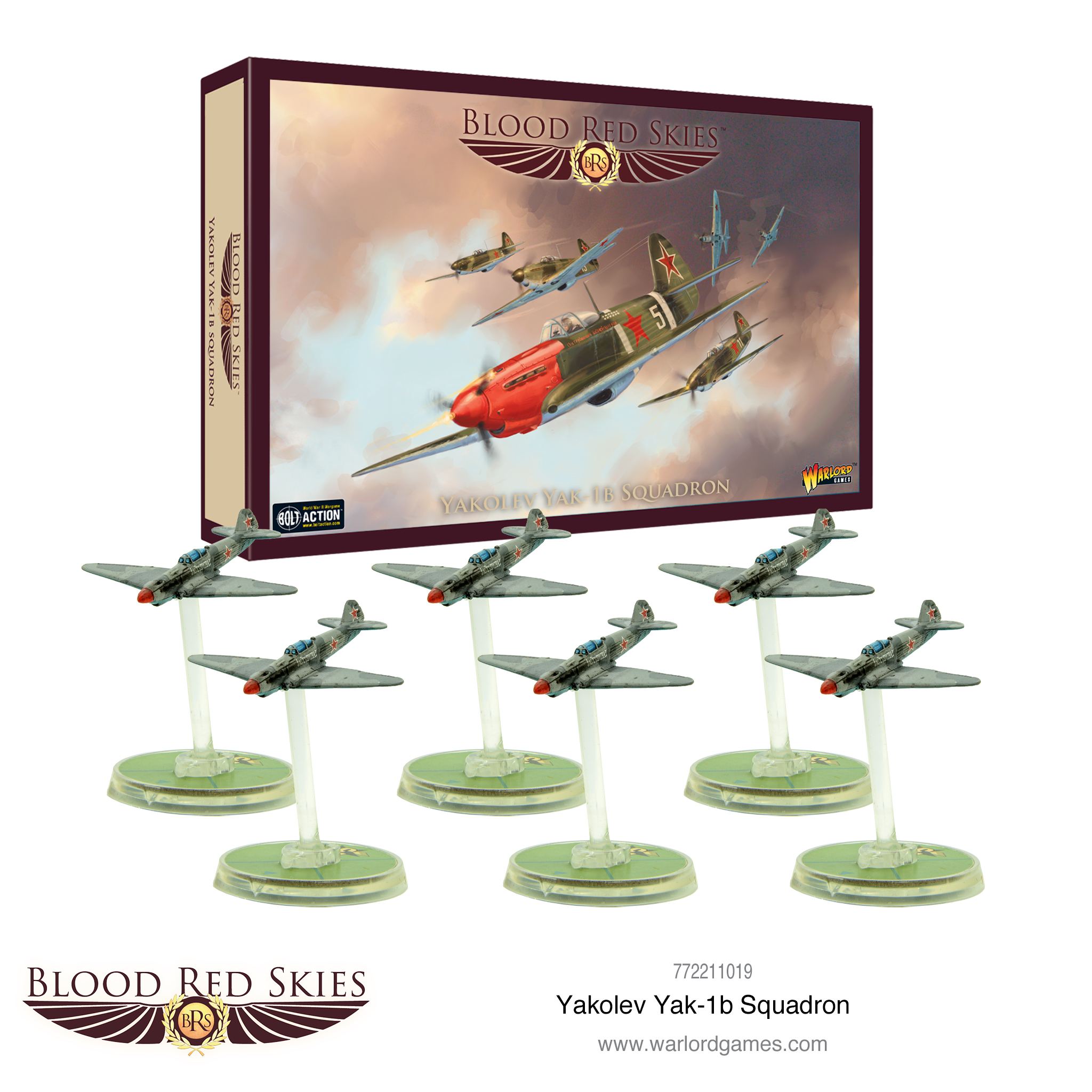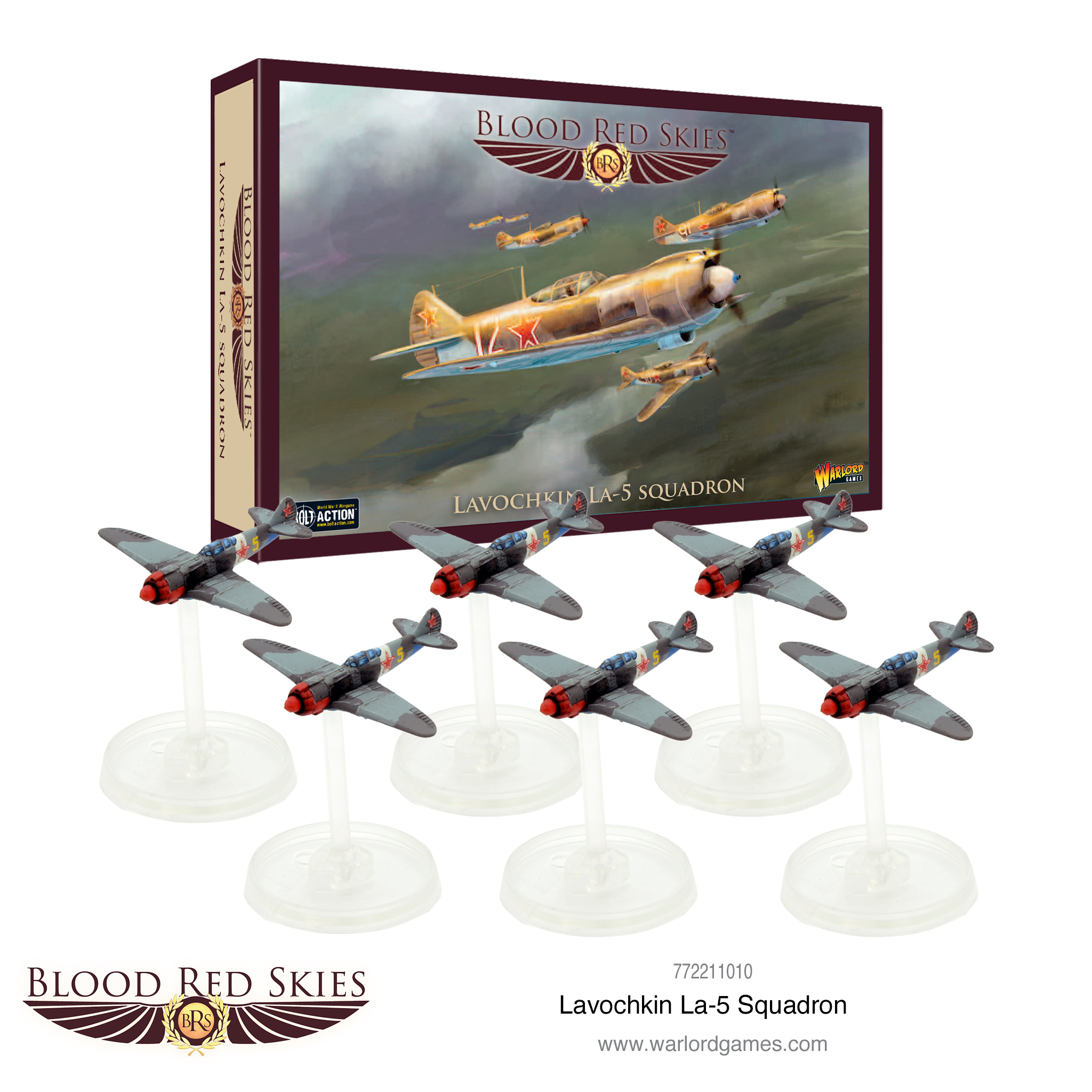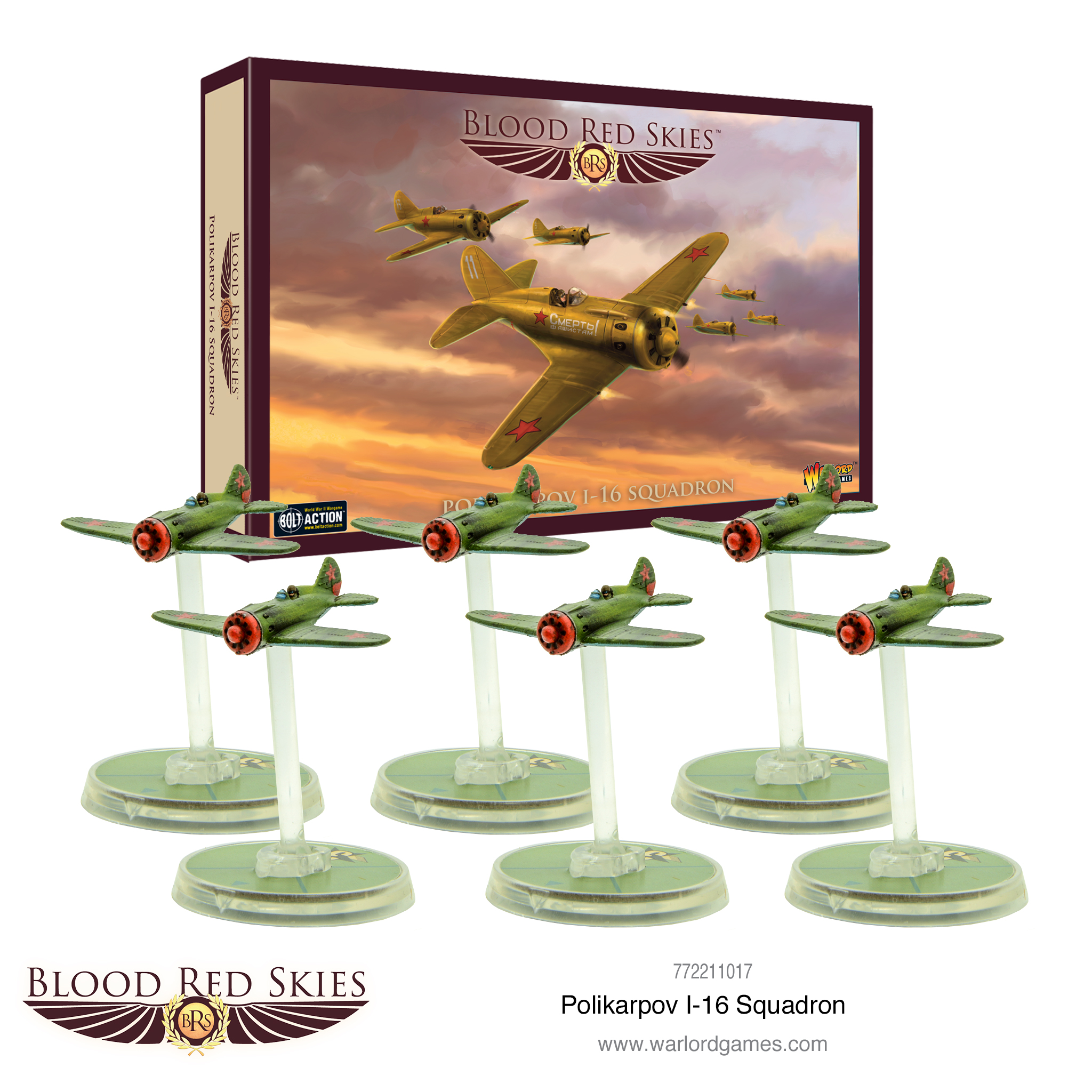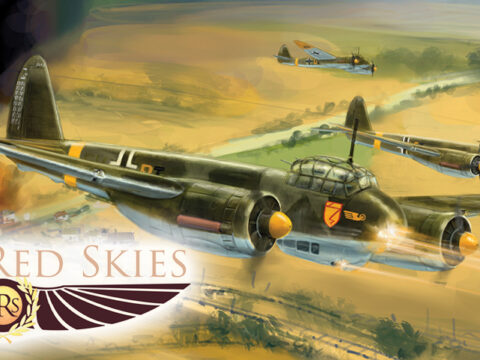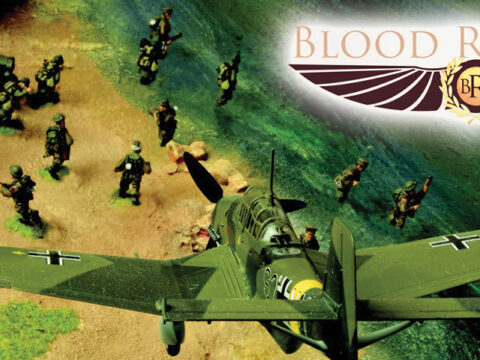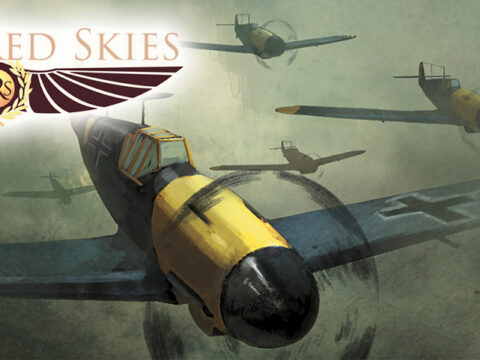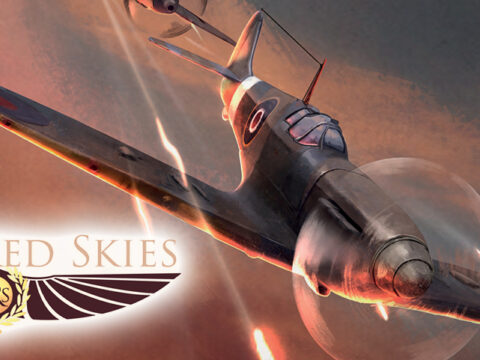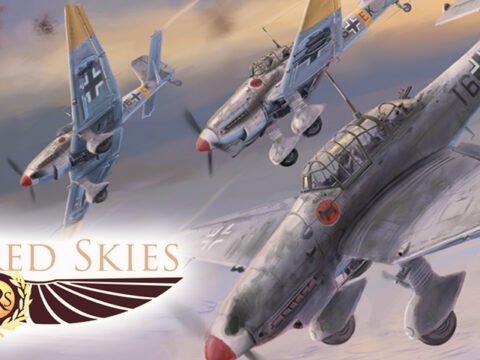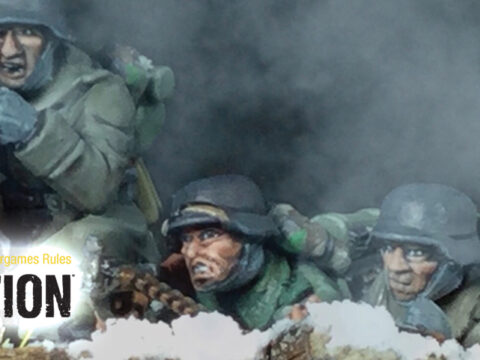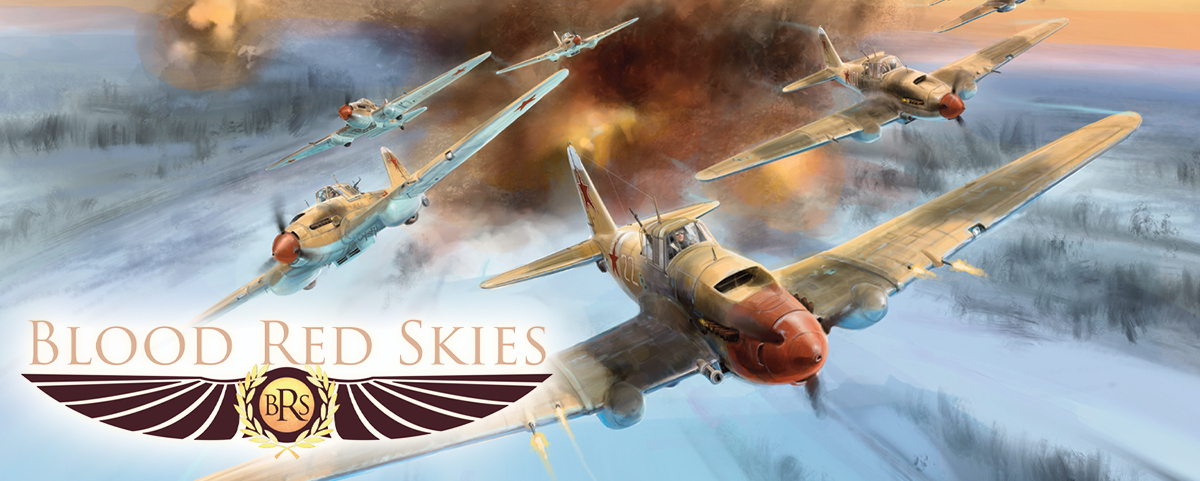
Operation Uranus
As winter closed in around the besieged city of Stalingrad, the desperate struggle for control of the city had entered its final stages. The German army had been completely encircled following the success of the Soviet offensives as part of Operation Uranus.
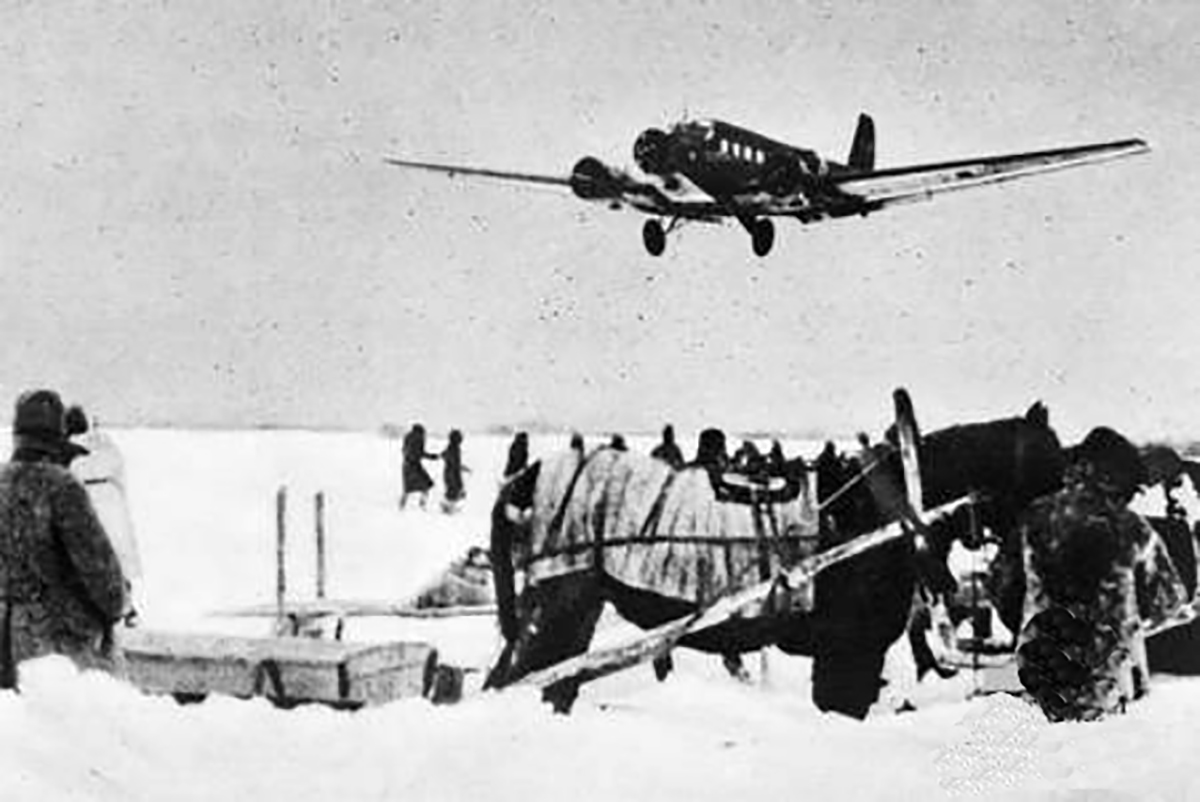
It was decided that the Luftwaffe would resupply their encircled counterparts by air, supposedly delivering 680 tonnes of supplies every single day.
This herculean task would be accomplished by only 500 transport aircraft of various types. It will come as no surprise that the Luftwaffe failed to meet their obligations, and the German forces trapped in the city began to run short of food and ammunition.
The Luftwaffe‘s failure was compounded by the resurgence of the Soviet Air Force, now re-equipped with modern fighter and ground-attack aircraft. The nimble Yak-1 was supplemented by better-armed Yak-7s and Yak-9s, along with a whole swathe of American and British aircraft supplied through the Lend-Lease programme.
In the summer of 1941, during Operation Barbarossa, the Luftwaffe had enjoyed complete air superiority, massacring Soviet aviation on the ground. A year and a half later, the tables had turned and the Luftwaffe were on the back foot.
Operation Little Saturn
Having successfully encircled the German army during Operation Uranus, and blunted Manstein’s counter-attack, the Soviets launched a massive counter-offensive across the whole front, with the aim of driving the Germans back across the Caucauses.
In support of this offensive, the Soviet air force amassed 400 aircraft of various types, ranged against approximately 500 Axis aircraft.
Effective use of Soviet airpower is credited as one of the main reasons the operation succeeded. Soviet fighters were able to force German bombers away from the ground units, while their own ground-attack aircraft blunted German counter-attacks before they could get started.
From the spring of 1943 onwards, Soviet aviation would rule the skies over the eastern front.
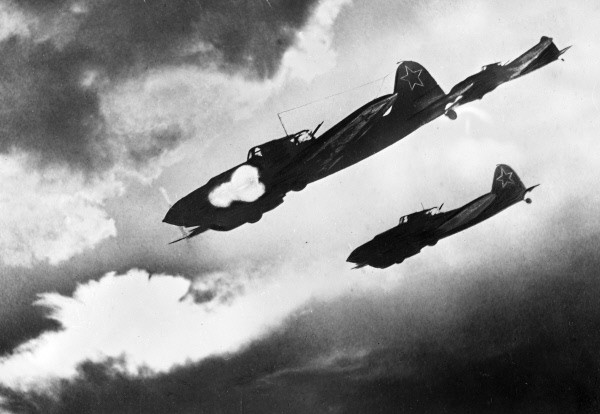
Soviet Aviation in Blood Red Skies
The aerial duels over Stalingrad and the subsequent counter-offensives to break the Wehrmacht’s back are perfect for games of Blood Red Skies. Since the game’s launch, the roster available to the Soviet’s has expanded.
Il-2 Sturmovik Squadron
The Ilyushin Il-2 Sturmovik, “The Flying tank”, was one of the heaviest fighters of WWII, An armoured tub, ranging from 5–12 mm (0.2–0.5 in) in thickness, enveloped the engine and the cockpit. This tub could deflect all small arms fire and glancing blows from larger-calibre ammunition. Unfortunately, the rear gunners did not have the benefit of all-around armour protection, especially from the rear and to the sides, until much later in the war.
Soviet policy of not returning home with unused ammunition would also add to the casualty rate, as pilots would make repeated passes on the target. Additionally, Soviet troops often requested repeat passes even after the aircraft was out of ammunition, exploiting the intimidating effect Il-2s had on the German ground troops. These soldiers gave it the nickname “The Flying Tank” whilst the Luftwaffe pilots called it the Zementbomber (Concrete bomber).
Yak-1
The Yakovlev Yak-1 entered service in 1940, a fast and well-armed fighter. With wooden wings and a composite structure, it was a very reliable and easy to maintain aircraft. Although its production suffered quality issues due to the Axis invasion, the Yak-1 always remained popular with front line pilots.
Yak-1B
In Blood Red Skies, a squadron of Yak-1bs is more than a match for any equivalent German fighter squadron. Like other Soviet aircraft, they have high agility and low firepower – so you might struggle to tangle with late-war fighters like the Focke-Wulf 190s, but will fare well against the earlier marks of Bf109.
Lavochkin La-5
Able to fight German fighters on an equal footing the LA5 was developed and refined from the LaGG-3, it became one of the Soviet Air Force’s most capable types of Fighter aircraft of WWII.
Polikarpov I-16
In-game, you’ll find these little wasps to be incredibly useful – field a swarm of low-cost, agile fighters with a low minimum move which will allow you to out turn faster-moving aircraft and set up the perfect attack!

